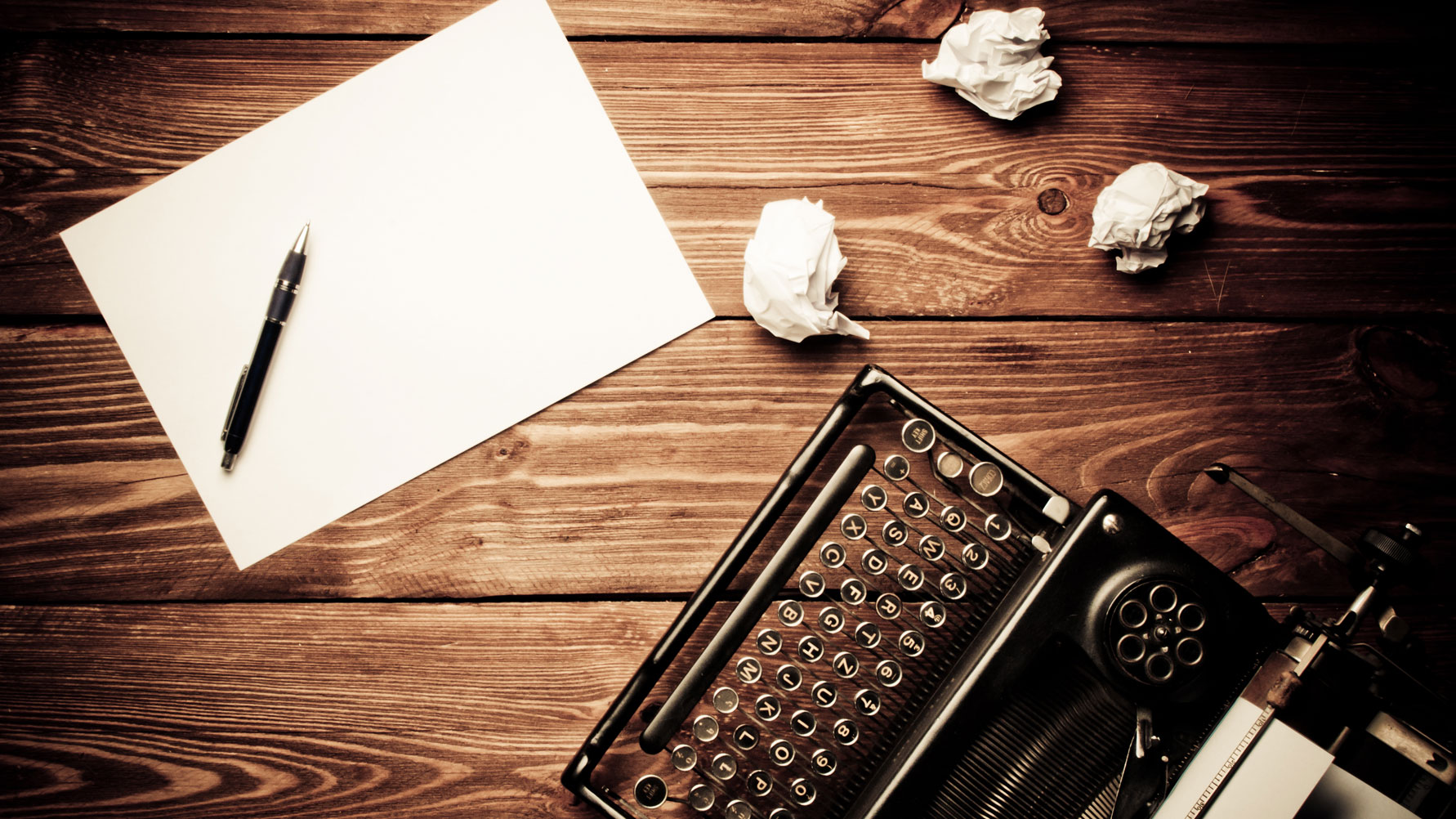One of the brightest minds in basketball walks through the theory and implementation of advanced analytics.
All Articles
Stephanie Herseth Sandlin was able to ride a wave confidence to run for Congress through the support of her friends and family. Perhaps to stop underestimating ourselves, we need to find our own confidence boosters — in our lives or online.
Peanut allergies can be severe, but preventing the sensitivity may be as simple as exposing your infant to peanuts while they are young.
A bizarre Islamic splinter lodged deep in the body of Europe.
Ever since American Commodore Matthew C. Perry sailed into Uraga Harbor near Edo (the earlier name for Tokyo) on July 8, 1853, ending the isolationist policy of sakoku and “opening” (willingly or not) Japan to the West, “the Land of the Rising Sun” and its culture have fascinated Westerners. Yet, despite this fascination, true understanding of that history remains elusive. A new exhibition at the Philadelphia Museum of Art, Ink and Gold: Art of the Kano builds a cultural bridge for Westerners to Japan’s heritage through the art of the “Kano School,” a family of painters to the powerful who influenced all of Japanese art from the 15th to the late 19th century. Combining the sumptuousness of golden artworks with the compelling story of their makers, Ink and Gold: Art of the Kano offers the key to unlocking the mystery of Japan through the art of the Kano.
“There is an urge and rage in people to destroy, to kill, to murder, and until all mankind, without exception, undergoes a great change, wars will be waged; everything that has been built up, cultivated and grown, will be destroyed and disfigured, after which mankind will have to begin all over again.”
Big data may be the future, helping companies reorganize, and giving employees more breaks and corporations the productivity boost they’re looking for.
When vaccine skeptics are presented with statements about the benign nature of vaccines, they double down on their skepticism rather than softening their bias.
Fifteen college students are refusing to repay the private and public loans they received to attend Everest College, a for-profit institution that closed its doors.
We unconsciously mimic those we are trying to impress. Most of the time this copycatting works to our advantage (e.g., in job interviews). But what happens when that person comes off as cold?
1964ADEL, a line of earphones that features new, patented in-ear technology and also recently raised more than half a million dollars on Kickstarter, promises to deliver supreme sound quality without the damaging side effects of traditional earphones.
The Utah Women and Leadership Project is helping the state overcome its ranking as one of the nation’s serious underachievers when it comes to gender equality in the workplace.
How does one test how the human mind will react to the isolation of space travel? Send them to Antarctica.
Variations in Asian climates may have pushed the carriers of the Black Death into Europe, according to new research.
An in-depth look at the fine line between bad writing and “bullshitting” in psychology.
The futurist and entrepreneur takes an analytic approach to assessing the existential risks inherent in pursuing artificial intelligence.
Some people just love their jobs and can’t fathom having to hang it up. If you’re one of these people, it’s important to put yourself in a position where you can keep going as long as you like.
The internet may be costing the economy dearly, and not just because we’re distracted by Facebook when we should be doing our job.
When seeking a job, it’s important to make yourself heard by potential employers. A new study reports employers who hear a pitch rather than read it are more likely to perceive a candidate as competent and intelligent.
“Every work of art is the child of its age and, in many cases, the mother of our emotions.”
“Unthinking respect for authority,” said the legendary theoretical physicist, “is the greatest enemy of truth.”
What matters more? Money or privacy? For Kansas City residents that have the option to pay a little more for some internet privacy, most have chosen to remain open to targeted ads.
While Brazil may not have the scientific muscle of American research institutions, its dietary guidelines are remarkably more consistent.
Good news for coffee drinkers across America: a U.S. government-appointed panel of scientists has found three to five cups a day doesn’t pose any long-term health risks.
Do craters only come in isolation? These images will make you think again! “These spots have never been observed by anyone before me; and from my observations of them, often […]
The first woman to head a major North American pro sports union has made several major splashes in her first seven months on the job while exuding confidence every step of the way.
Men from gender egalitarian countries report they do an “unfair” amount of housework while their counterparts in less egalitarian countries complain less, even when asked to do more.
A set of 48 galaxies observed by astronomers in New Mexico appears to be uber-saturated with dark matter. This means they could be what are called “failed galaxies.”
Amazing, fun and beautiful. So long as the cold doesn’t bother you, anyway. “The only frozen heart around here is yours.” –Anna, to Hans, from Frozen I know that the […]
Our personalities tend to shift in the face of adversity, particularly during periods of unemployment.



























